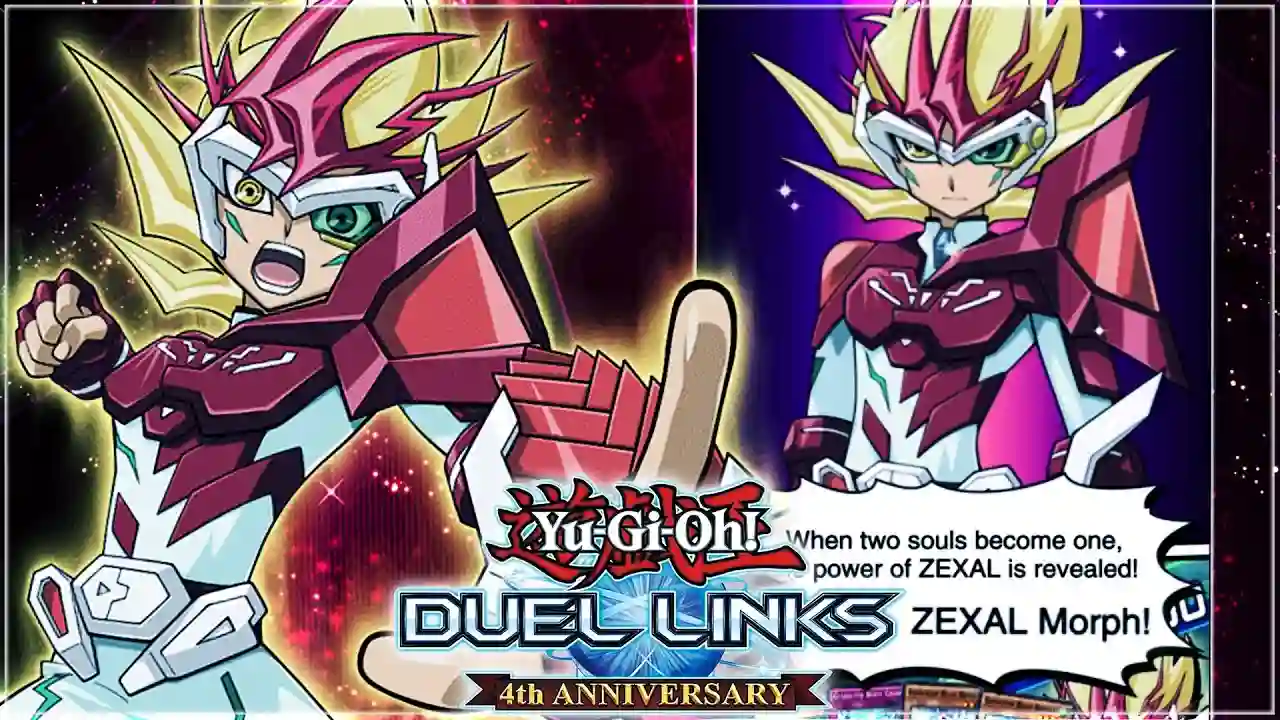Creating a manga, the vibrant and dynamic world of Manga XYZ, is a journey that begins with an idea and transforms into a visual narrative. The process of translating ideas from script to page involves a delicate dance of storytelling, artistic expression, and sequential visual design. In this exploration of “From Script to Page,” we unravel the intricate steps taken by mangaka to bring their creative visions to life within the panels of Manga XYZ.
1. Scripting the Blueprint: Crafting the Narrative Foundation
The journey from script to page in Manga XYZ commences with the creation of a script. The script serves as the blueprint for the narrative, outlining the story beats, dialogue, and pacing of the manga. Mangaka meticulously plan each chapter, determining the key events, character developments, and visual elements that will unfold within the pages. The script lays the foundation for the visual storytelling that follows.
2. Panel Layout: Sequencing Visual Narratives
Panel layout is a crucial aspect of translating a script into visual storytelling. Mangaka decide how to arrange panels on each page, considering the rhythm, pacing, and flow of the narrative. The arrangement of panels guides the reader’s eye, controlling the tempo of the story. Choices such as panel size, placement, and sequencing influence the overall impact of the manga, shaping the reader’s experience with each turn of the page.
3. Visual Storytelling: Expressing Emotion and Action
Manga XYZ is celebrated for its ability to convey emotion and action through visual storytelling. Mangaka must translate the emotional nuances written in the script into expressive illustrations. The characters’ facial expressions, body language, and the overall composition of each panel play a pivotal role in conveying the intended mood and atmosphere. Visual storytelling is a language of its own, allowing mangaka to communicate with readers on a visceral level.
4. Dynamic Page Composition: Crafting Visually Striking Pages
The creation of visually striking pages is an art form in itself. Mangaka consider the overall composition of each page, seeking a balance between dialogue, action, and visual aesthetics. Dynamic page composition enhances the impact of key scenes, making them memorable and visually compelling. Whether it’s a breathtaking landscape, an intense action sequence, or a poignant character moment, the composition of each page contributes to the overall visual narrative.
5. Transition and Flow: Guiding the Reader’s Journey
The seamless transition between panels and pages is essential in maintaining the flow of the manga. Mangaka carefully consider how one panel leads to the next and how each page contributes to the overall narrative flow. Effective transitions enhance the reader’s understanding of the story, ensuring that the manga unfolds naturally and maintains a sense of continuity. The art of transition is about guiding the reader on a cohesive and engaging journey through the pages.
6. Lettering and Dialogue Placement: Balancing Visuals and Text
In Manga XYZ, lettering and dialogue placement play a crucial role in balancing visuals and text. Mangaka must carefully integrate dialogue into panels without overshadowing the artwork. Thoughtful lettering enhances the reading experience, allowing readers to seamlessly follow the dialogue while appreciating the visual nuances of the manga. Dialogue placement is an art that requires precision and an understanding of the overall composition.
7. Refinement through Drafts: Iterative Improvement
The journey from script to page often involves multiple drafts and iterations. Mangaka refine their work through successive drafts, addressing pacing issues, adjusting panel layouts, and fine-tuning visual details. The iterative process allows for continuous improvement, ensuring that each page meets the creator’s artistic vision and serves the narrative effectively. The willingness to revisit and refine is a hallmark of dedicated mangaka striving for excellence.
8. Collaboration with Editors: Enhancing the Final Product
Collaboration with editors is a significant aspect of the manga creation process. Mangaka work closely with editors who provide valuable feedback, suggestions, and guidance. Editors play a crucial role in ensuring that the final product aligns with the vision of the manga and resonates with the intended audience. The collaborative relationship between mangaka and editors contributes to the overall quality and success of the manga.
9. Black and White Artistry: Leveraging Monochrome Brilliance
The majority of Manga XYZ is presented in black and white, leveraging the brilliance of monochrome artistry. Mangaka master the use of shading, hatching, and line work to create depth, convey mood, and emphasize key elements within each panel. The absence of color does not limit expression; instead, it allows mangaka to showcase their skill in crafting captivating visuals with a nuanced interplay of light and shadow.
10. Covering Diverse Genres: Adapting Styles and Tones
The process of translating ideas into manga panels involves adapting styles and tones to fit diverse genres. Whether it’s the dynamic action of shonen, the emotional depth of seinen, or the romantic nuances of shojo, mangaka must tailor their artistic approach to match the genre’s expectations. Adapting styles and tones ensures that the visual storytelling resonates with the target audience and captures the essence of the chosen genre.
11. Continuity and Consistency: Maintaining Artistic Cohesion
Maintaining continuity and consistency across pages and chapters is paramount in Manga XYZ. Mangaka must adhere to established character designs, settings, and visual motifs to ensure a cohesive reading experience. Consistency in artistic elements contributes to the manga’s visual identity, allowing readers to easily recognize and connect with the work.
12. Embracing Innovation: Pushing the Boundaries
The translation of ideas into manga panels is an ever-evolving process that embraces innovation. Mangaka continually push the boundaries of visual storytelling, experimenting with new techniques, and incorporating innovative artistic elements. The willingness to explore and innovate contributes to the evolution of Manga XYZ as a dynamic and vibrant storytelling medium.
Conclusion:
In conclusion, the journey from script to page in Manga XYZ is an intricate process that involves the alchemy of storytelling and visual expression. Mangaka masterfully translate their creative visions into a sequence of panels that captivate readers and bring narratives to life. The careful consideration of panel layout, visual storytelling, and collaborative efforts with editors contribute to the magic that unfolds within the pages of Manga XYZ. As mangaka continue to refine their craft and explore new horizons, the art of translating ideas into manga panels remains a dynamic and ever-evolving facet of this beloved storytelling medium.


